PROJECT OVERVIEW

Objective
The multidisciplinary MAGIC consortium was assembled to build novel, high-fidelity, models of human skeletal muscle pathophysiology which will be used to develop new vectors for safe and efficacious neuromuscular gene therapy and genome editing. Target rare diseases are severe incurable muscular dystrophies and myopathies with childhood onset: Duchenne muscular dystrophy (DMD), X-linked centronuclear myopathy (XLCNM), LMNA-, and COL6-related congenital muscular dystrophies (CMDs).
Ultimate Goal
To reduce premature mortality and health burden across Europe and worldwide for the aforementioned muscular dystrophies and myopathies by equipping healthcare systems with novel precision medicine tools.
Our Role
DDF is leading WP8: Dissemination, Communication, and Knowledge Management, and is responsible for:
1. The secure storage, curation, versioning, exchange and reuse of the MAGIC data between partners, as well as publication of the newly generated data to users beyond the MAGIC consortium under FAIR data principles and GDPR regulations;
2. The development of a data management plan following the Horizon Europe guidelines. The plan addresses address the relevant aspects of making data FAIR, including what data the project will collect and generate, whether and how it will be made accessible for verification and re-use, how data will be interoperable between individuals and institutions and countries as needed, and how it will be curated and preserved;
3. Development and implementation of Communication and Dissemination activities and tools;
4. Educational training of MAGIC partners on FAIR principles and data FAIRification processes;
5. Participation in the internal Ethics Response Board to oversee all MAGIC’s ethical matters;
6. Participation in the Intellectual Property Committee to support the creation of frameworks to guide and support longer-term exploitation strategies relevant to each of the project’s key commercial and non-commercial outcomes.



This project has received funding from the European Union’s HORIZON-RIA – HORIZON Research and Innovation Actions under grant agreement No 101080690.
This work is funded by UK Research and Innovation (UKRI) under the UK government’s Horizon Europe funding guarantee grant numbers 10080927, 10079726, 10082354 and 10078461.
This work has received funding from the Swiss State Secretariat Funding for Education, Research and Innovation (SERI).



